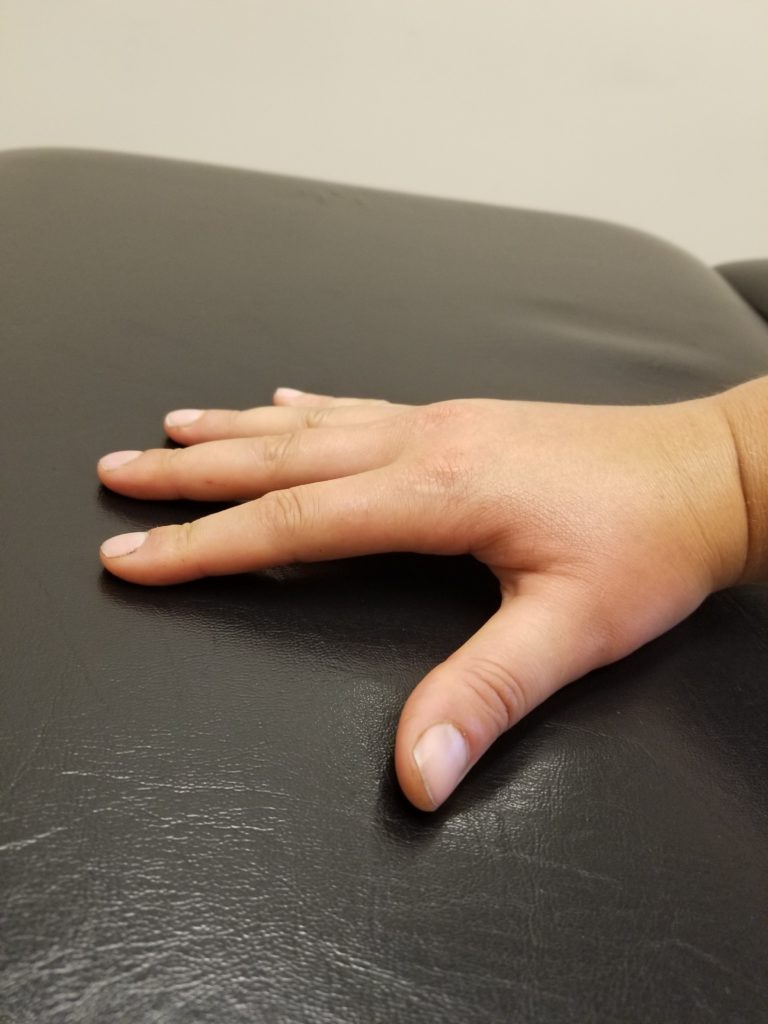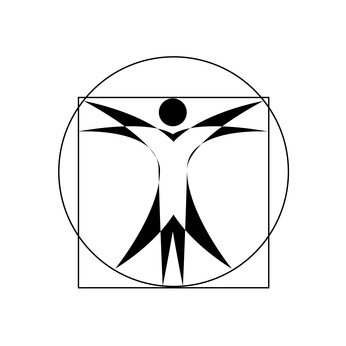Carpal tunnel syndrome (CTS) is condition many people have heard about. Because it is so commonly spoken about, many pain and nerve issues involving the hand and wrist may be mistaken for CTS.
Carpal tunnel syndrome is a condition that affects the median nerve in the wrist, on its way to supply the hand. The median nerve can be squeezed in an area called the carpal tunnel. This area is on palm side of the wrist between the tops of the wrist bones (carpals) and the ligament that covers the space.
The median nerve supplies a sensation and motor component to the hand. The median nerve supplies sensation to half of the palm on the thumb side of the hand, the palm side of the first two fingers and the thumb side of the third finger. It also supplies sensation to the tips of the back parts of the same fingers.
In addition to sensation, there is also a motor or muscle component from the median nerve. It supplies some muscles of the palm surface of the forearm, wrist, and thumb. The muscles bend the wrist down, turn the palm down and help move the thumb.
Symptoms of Carpal Tunnel Syndrome:
CTS involves the median nerve, as such it can commonly produce symptoms of tingling, numbness or burning in the area mentioned above. The symptoms may appear gradually. Often people experience symptoms at night when they’re in positions that “squish” or compress the carpal tunnel.
The muscles the median nerve supplies may also be affected over time. This can produce atrophy (muscle shrinking) and weakness.
Causes of Carpal Tunnel Syndrome:
Many people experience symptoms of carpal tunnel over their lifetime.
Women tend to experience carpal tunnel syndrome more than men.
Jobs that require increased use of the hands and wrists can place people more at risk for CTS. Exposure to long-term vibration from tools, heavy or repetitive material handling, or repetitive bending and straightening of hands and fingers can increase the risk as well.
Medical issues such as having type I or 2 diabetes increase the chances of a person developing carpal tunnel syndrome. Pregnancy increases the chances of developing CTS. Other risk factors to developing carpal tunnel syndrome includes, menopause , hyperthyroidism and being overweight.
Occasionally recovering from a wrist fracture (break), strains and sprains can lead to carpal tunnel symptoms.
Carpal tunnel syndrome may also not have a direct traceable cause.
Diagnosing Carpal Tunnel Syndrome:
As Physiotherapists, it is within our scope of practice to assess and communicate a diagnosis to patients. The most common way we do this is through a thorough history of the issue as well as specific testing.
A physio will review a the history of the issue, your medical history, ask about your symptoms, and then test the wrist ads well as the areas above and below the wrist.
The physio will do special testing to try to bring on the symptoms you have been describing as well as to see if they can make a positive change.
Your family physician may oder tests before sending you to physiotherapy. This can include imaging of the area and other lab tests.
If the issue persists with conservative treatment, you may be referred to a nerve conduction study. This test analyzes the ability of the median nerve to transmit signals along its course to the muscles.
Treatment for Carpal Tunnel Syndrome:
The steps of care for carpal tunnel syndrome do not always make sense.
As physiotherapists we tend to suggest a progressive approach to treatment. More conservative to less conservative.
This would mean physiotherapy as a start and surgery as a last resort. Some people see a surgeon before attempting physiotherapy.
Recent studies have shown that physiotherapy for carpal tunnel syndrome can be just as effective, if not more, in treating carpal tunnel syndrome. Patients who see a physiotherapist sometimes improve more quickly after one month in comparison to people who have surgery,
Physiotherapy treatment for CTS may include hands-on techniques to help stretch and massage tight muscles and mobilizations to help loosen stiff joints. You Physiotherapist will also provide you with exercises and techniques for a home program to help manage your carpal tunnel syndrome.
The surgery for carpal tunnel syndrome generally cuts through the ligament that covers the carpal tunnel. This should allow more space for the nerve. Full recovery as these tissues heal can often take months even though symptoms may be relieved initially.
If you have been experiencing the symptoms of carpal tunnel syndrome or have been diagnosed, it is advised to book in with a physiotherapist. They can help confirm the diagnosis and get you started with treatment.
If you would like to schedule an appointment with one of our North Oakville physiotherapists or acupuncturist to help treat and manage your symptoms please contact us.



